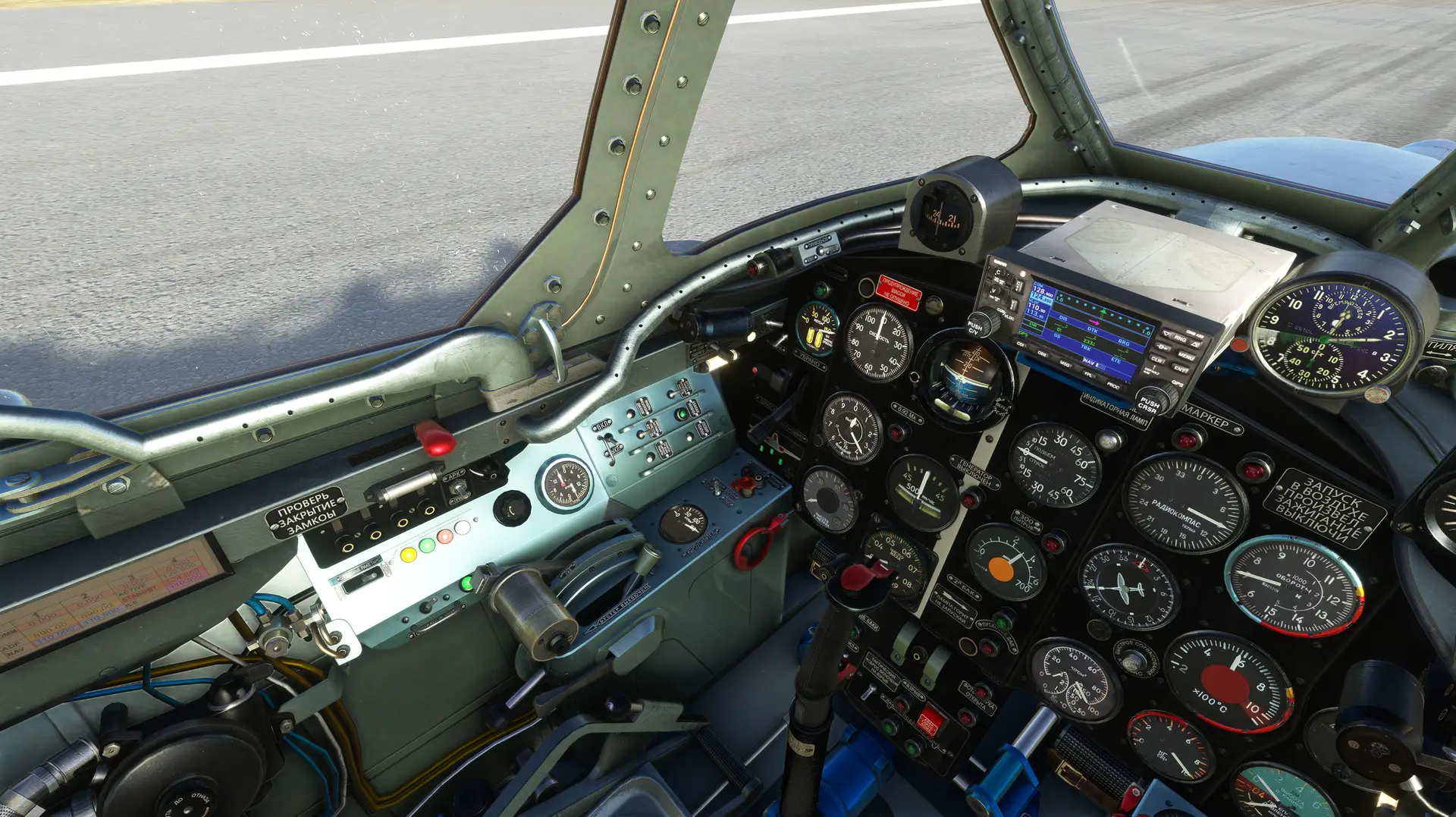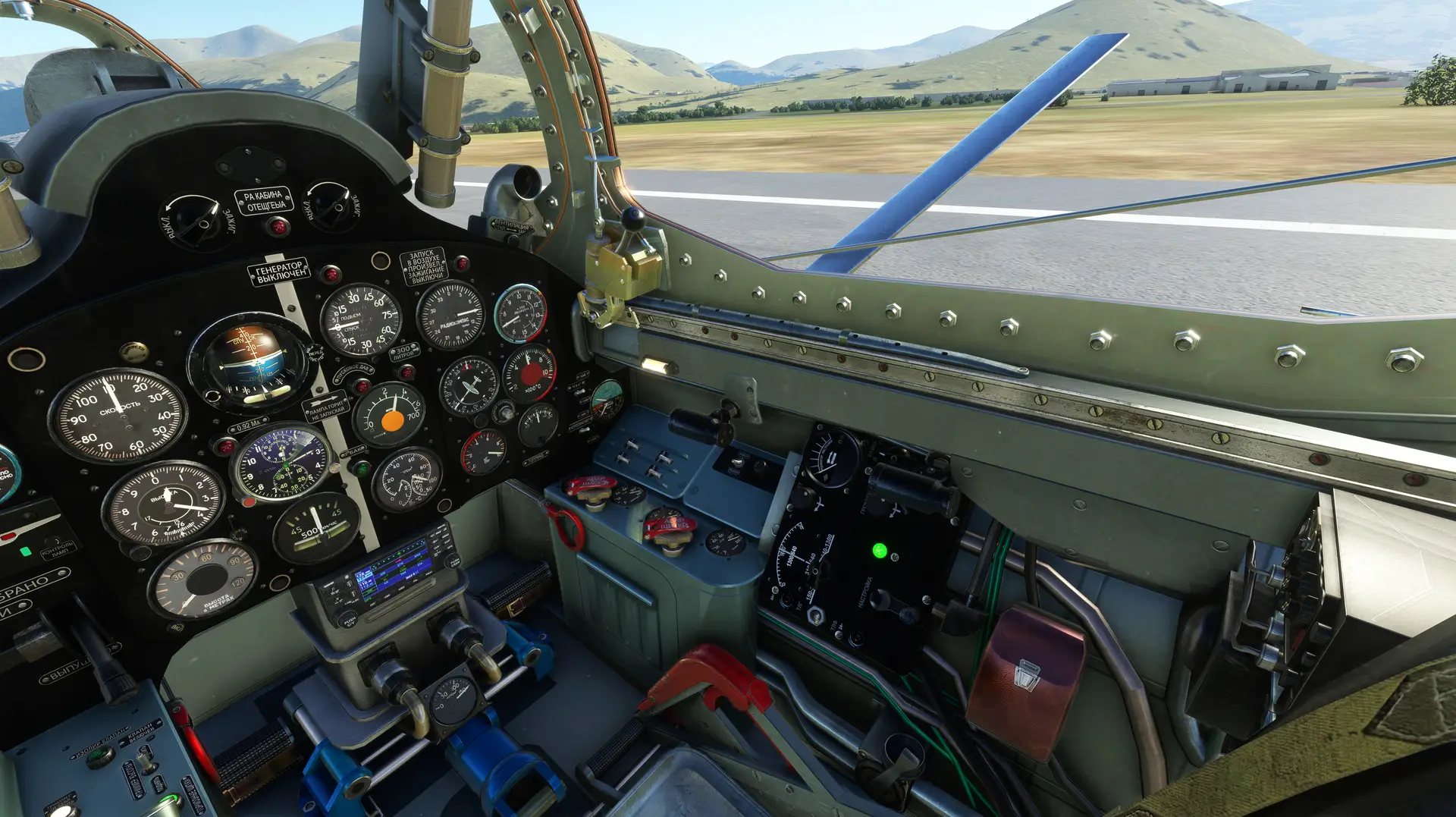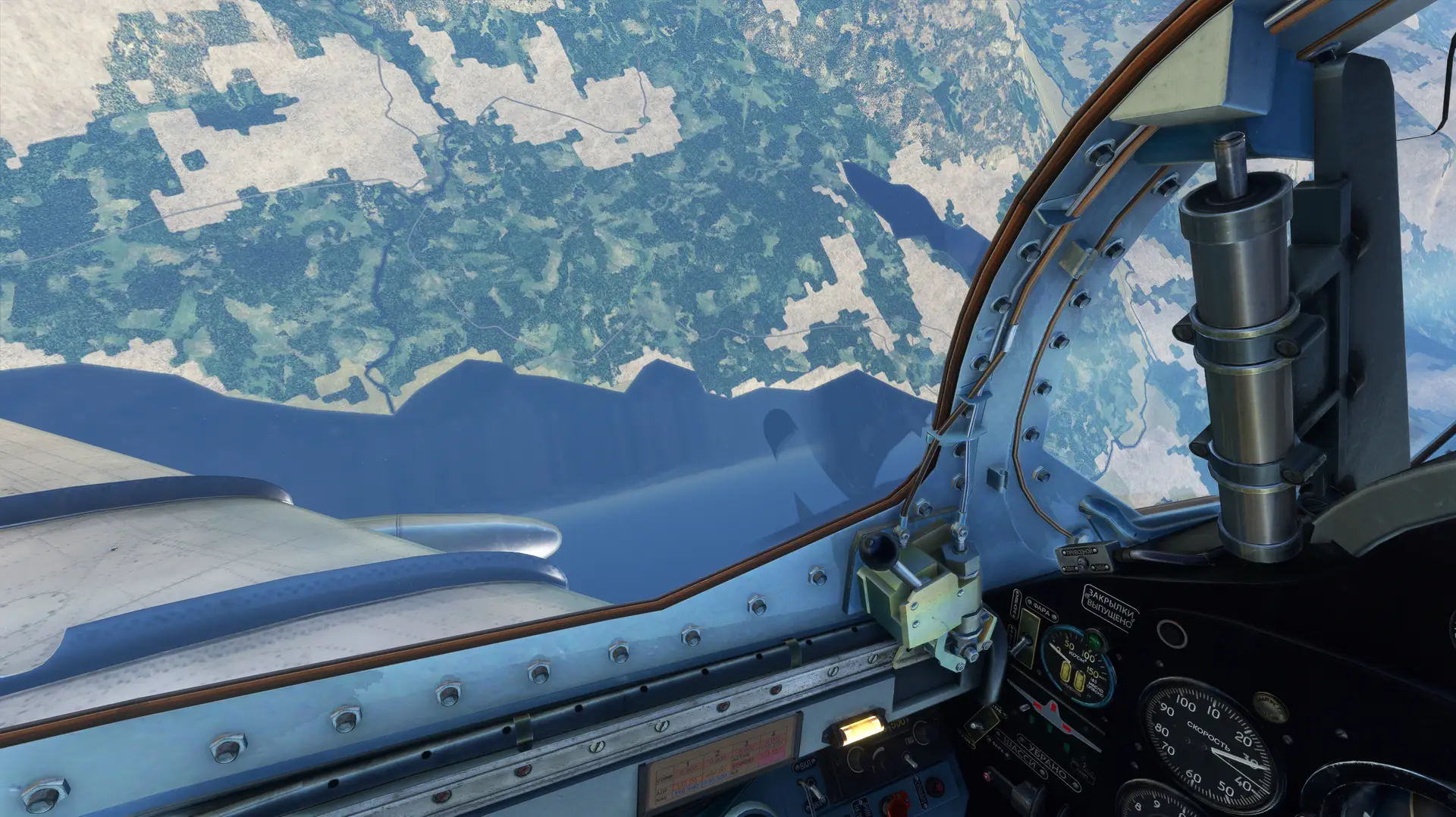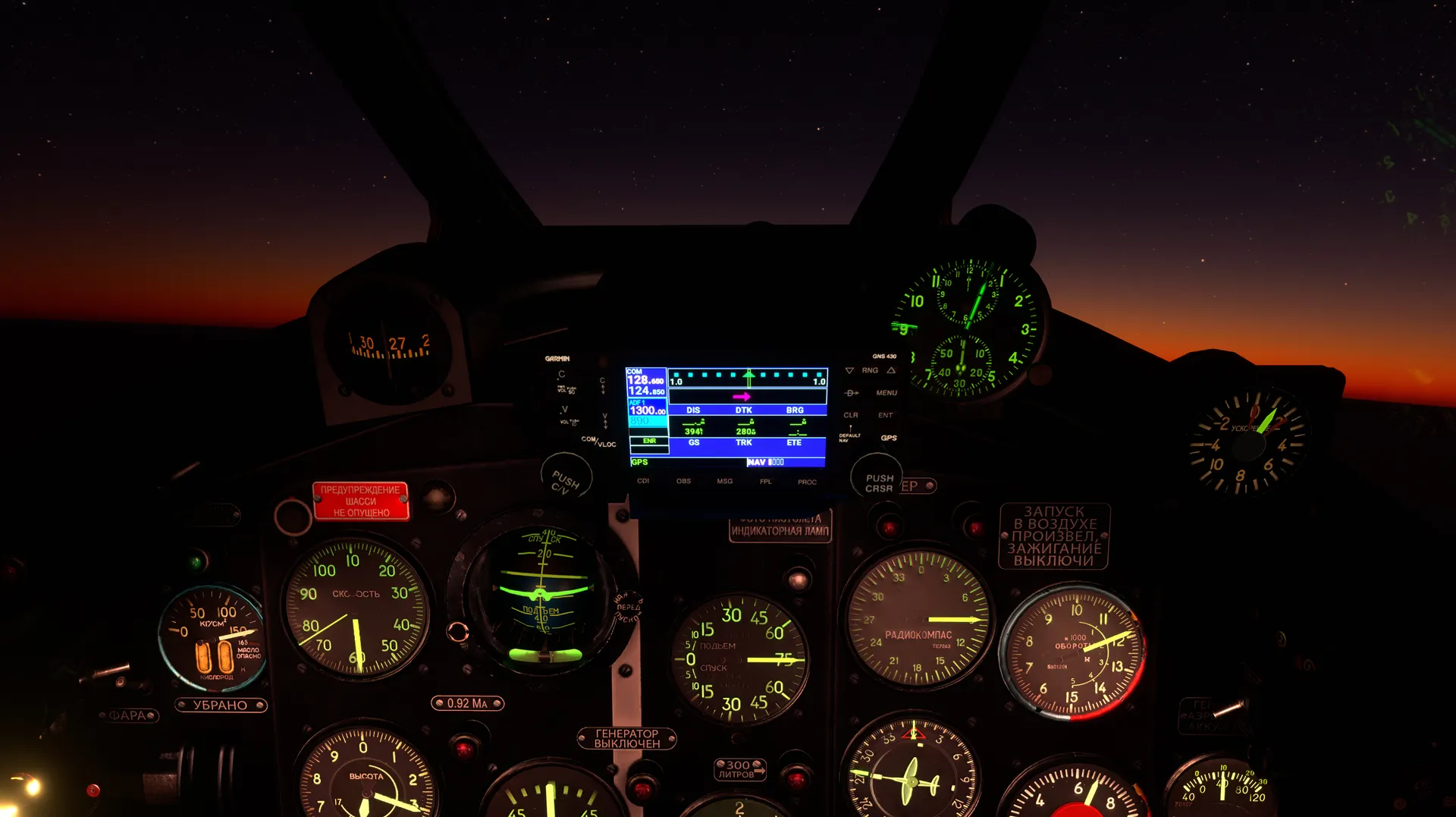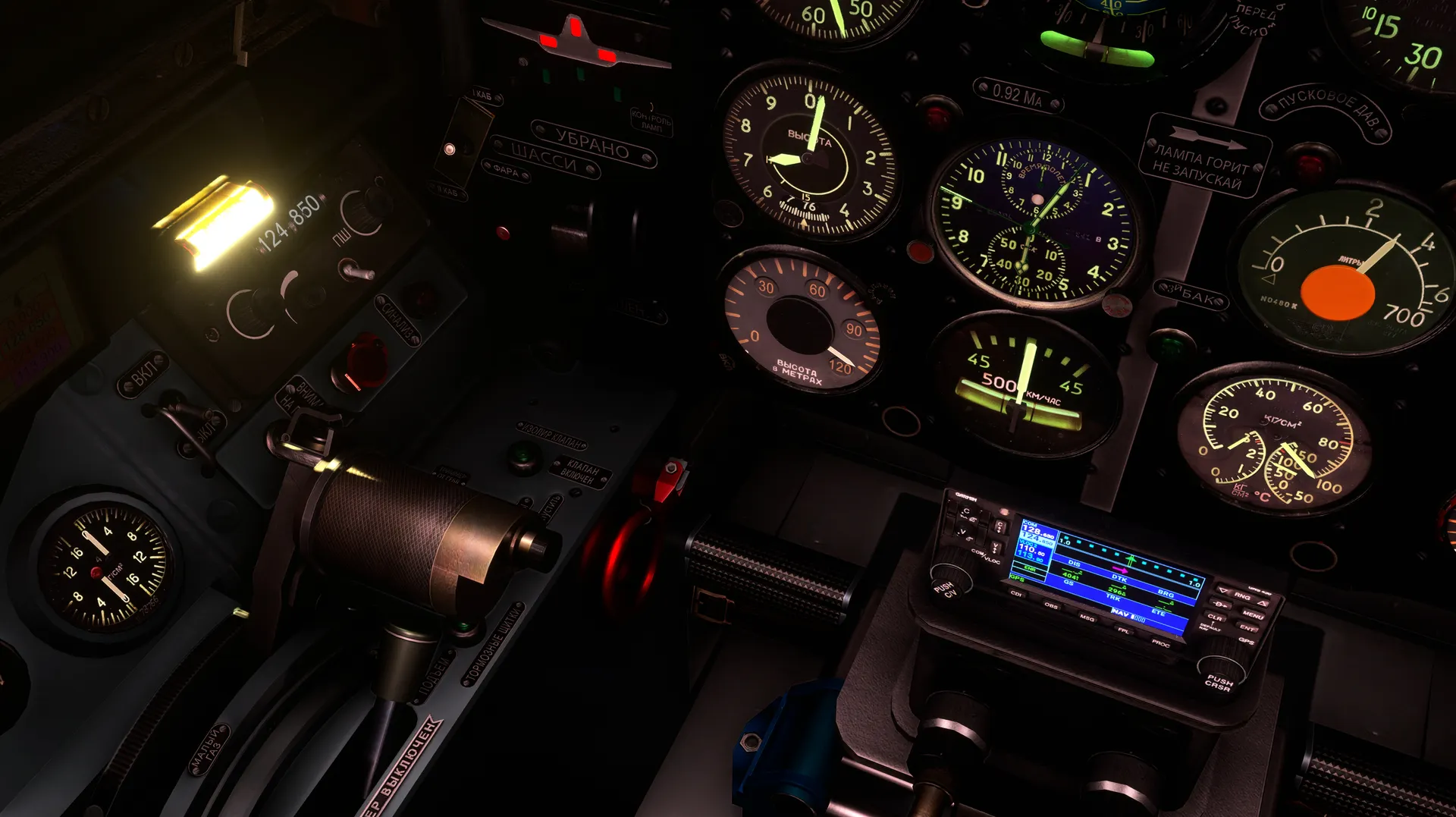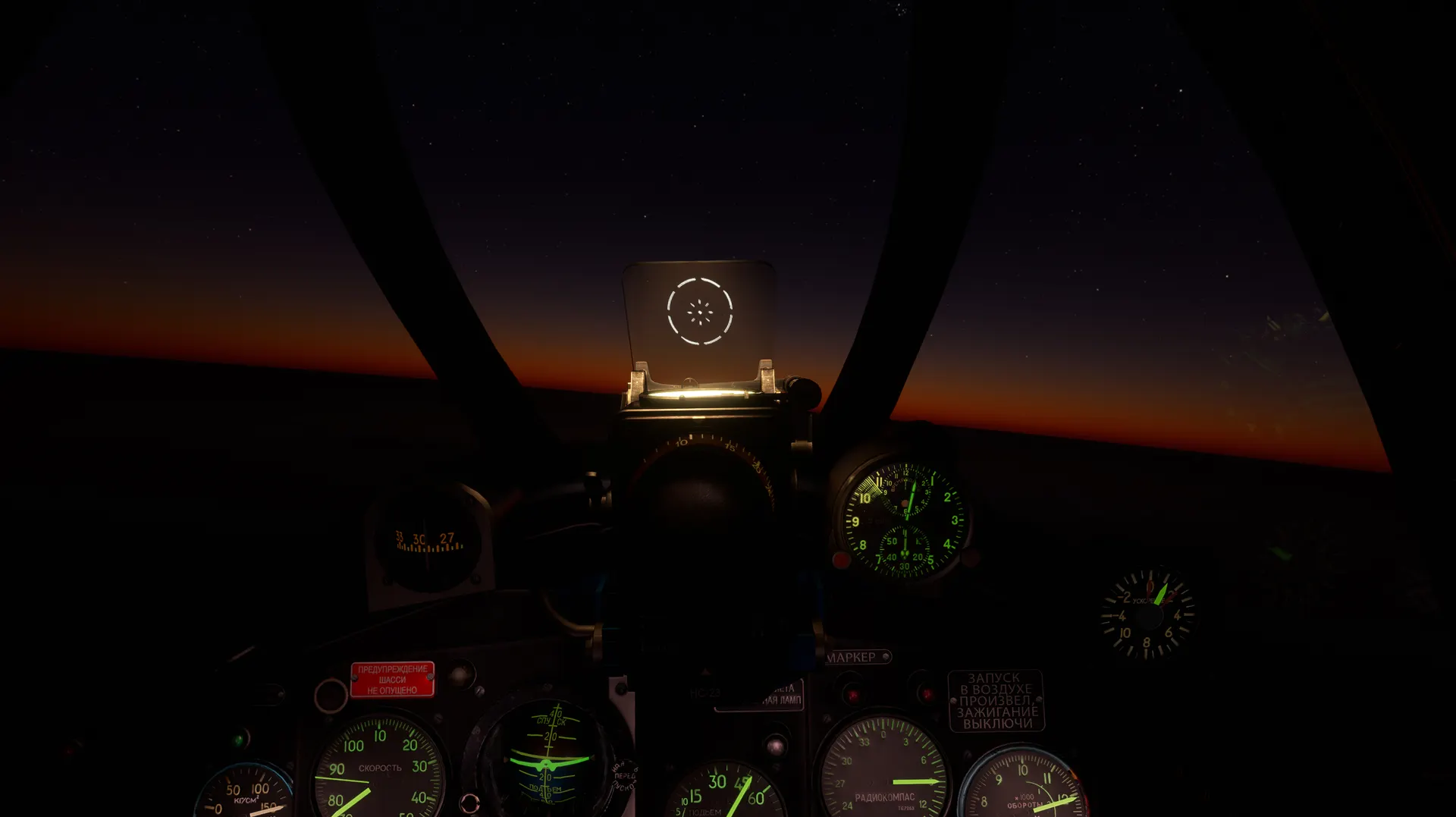The MiG-15UTI is a two-seat, dual-control trainer of the MiG-15 fighter aircraft developed and manufactured by Mikoyan-Gurevich of the Soviet Union. The Mig-15UTI took its maiden flight on May 23rd 1949 and it was introduced into military service in 1952. The MiG-15UTI actually based on standard single-seat MiG-15, it was modified with two seats in tandem cabin configuration, and the other changes that were required.The MiG-15UTI is one of the most common variant of MiG-15 family, in all about 7,500 MiG-15UTIs were built.The aircraft (NATO 'Midget') remained the sole Warsaw Pact advanced jet trainer well into the 1970s, many of these trainers remained in service until the 1990s.
The MiG-15UTI had its roots in the flight training system developed in the Soviet Union in the 1930s. In which a two-seat variant of a combat aircraft is used as the lead-in trainer before conversion to the single-seat version. The MiG-15UTI used for instruction with new pilots, and with pilots that needed to be type rated on the MiG-15.It has a pilot and an instructor seating in tandem cabin configuration, with dual flight control system. It was similar in form, speed, and agility as its single seat basic model, the MiG-15 (which maiden flight on December 30, 1947, introduced into military service in early 1949). Because the 'Midget' had good flight characteristics to meet conversion training needs for MiG-17 or MiG-19, Mikoyan-Gurevich keeps to product it as advanced trainer aircraft before the L-39 introduced into Soviets military aviation.
The MiG-15UTI is a two-seat version of the original MiG-15 line. It features an original turbojet engine that was developed based on the British Rolls-Royce Nene powerplant. Engineers also added hydraulically actuated ailerons. The jet performed a variety of missions, including jet fighter conversion training, weapon practice, observation, and liaison.
The MiG-15UTI measures 33 feet, 2 inches in length, stands 12 feet, 2 inches tall, and has a wingspan of 33 feet, 1 inch. It features a tandem two pieces canopies, retractable tricycle landing gear, and a cruciform empennage. It is powered by a single Klimov RD-45F turbojet that produces up to 5,000 pounds of thrust, some variants fitted Klimov VK-1 rated to 5,900 pounds of thrust. It has a range of 1,250 miles, a service ceiling of 51,000 feet above sea level, and it climbs at 10,080 feet per minute. It cruises at 520 miles per hour and has a top speed of 611 mph.
The MiG-15UTI bis is a tandem two-seat, single-engine military jet aircraft developed and manufactured by Mikoyan-Gurevich of the Soviet Union. Also designated the UTI MiG-15 bis, the airframe is a trainer variant of the single-seat MiG-15 fighter (which took its maiden flight on December 30, 1947 and was introduced in 1949). The MiG-15BIS took its first flight on May 23, 1949 and was introduced into service in 1952. NATO designated the reporting name of “Midget” to the aircraft shortly after its debut. During its operational tenure, the jet performed several missions, including basic training, conversion training, weapon systems training, observation, and liaison. The MiG-15UTI bis is the second generation of the MiG-15UTI, with enhanced features.
Mikoyan-Gurevich developed the aircraft by adding a second seat and a second set of controls and avionics to the base model MiG-15. Roughly 7,500 units were manufactured, making the MiG-15UTI (including the MiG-15UTI bis) one of the most common of the airframe’s variants. Warsaw Pact countries used it as their sole advanced jet trainer into the 1970s, and many remained in military operation into the 1990s.
The MiG-15UTI bis traces its roots to pilot development concepts established in the Soviet Union in the 1930s where a two-seat version of an aircraft is used for basic instruction prior to more advanced training in the aircraft’s single-seat variant. The UTI version performed similarly to the single-seat operational model MiG-15, and due to its exceptional speed and maneuverability, it served as a conversion trainer for the MiG-17 and MiG-19. Mikoyan-Gurevich produced the MiG-15UTI as an advanced trainer for Warsaw Pact countries until the introduction of the Aero L-39 Albatros.
The MiG-15UTI bis features a highly swept main wing, a cruciform empennage, and a bubble canopy. The jet uses the same engine as the base model, a turbojet that was developed based on the British-made Rolls-Royce Nene powerplant. In developing the UTI variant, engineers added hydraulically actuated ailerons. It is armed with a single 12.7-millimeter machine gun.
The MiG-15UTI bis measures 33 feet, 2 inches in length, stands 12 feet, 2 inches tall, and has a wingspan of 33 feet, 1 inch. It is powered by a single Klimov RD-45F turbojet that produces up to 5,000 pounds of thrust; some variants were fitted with the Klimov VK-1, rated to 5,900 pounds of thrust. It has a range of 1,250 miles, a service ceiling of 51,000 feet above sea level, and it climbs at 10,080 feet per minute. It cruises at 520 miles per hour and has a top speed of 611 mph.






